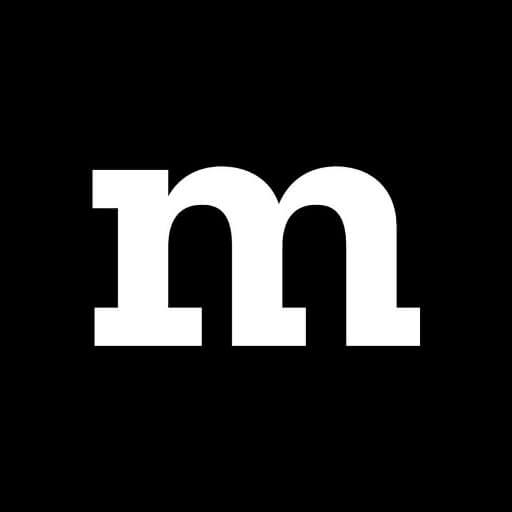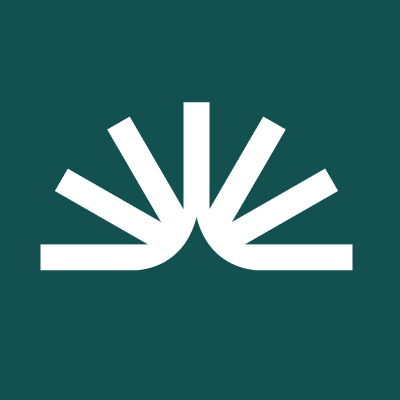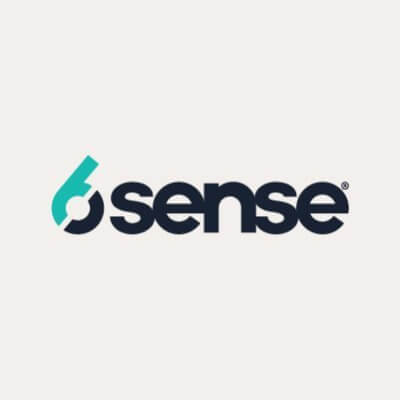Nasal Dilator Market: Expanding Horizons in Respiratory Wellness
The global nasal dilator market size was valued at USD 569.53 million in 2023, is projected to reach USD 874.06 million by 2031, with a CAGR of 5.50% during the forecast period 2024 to 2031

Introduction
The nasal dilator market encompasses non-invasive devices—both external nasal dilators (adhesive strips) and internal nasal dilators (nostril inserts)—designed to enhance airflow through the nasal passages. These devices reduce symptoms related to nasal congestion, snoring, sleep apnea, and improve athletic breathing performance. As consumers seek drug-free solutions for better breathing, nasal dilators are becoming essential in both clinical and wellness domains.
Market Overview
Definitions and Types
-
External Nasal Dilators: Thin adhesive strips with embedded plastic bands placed over the nose bridge to physically widen nasal airways.
-
Internal Nasal Dilators: Small devices made from soft materials inserted into nostrils to keep nasal valves open from the inside.
Both types are used to improve breathing, but internal options typically offer stronger airflow support.
Market Size & Forecast
The external nasal dilator market is valued at approximately USD 0.54 billion in 2024, projected to reach USD 0.88 billion by 2033, growing at a CAGR of around 5.5%.
The internal nasal dilator market is significantly larger, valued at USD 2.14 billion in 2024, and expected to exceed USD 4.38 billion by 2032, growing at a CAGR of about 7.1%.
Together, the combined nasal dilator market size is nearing USD 3 billion, forecasted to surpass USD 5 billion within the next decade.
Key Market Drivers
-
Rising Prevalence of Respiratory Conditions
Increasing cases of nasal obstruction, allergic rhinitis, sleep apnea, and snoring are accelerating adoption of nasal dilators across all age groups. -
Health and Wellness Trends
The global push toward preventative health care and non-invasive treatment options makes nasal dilators attractive for regular use. -
Athletic Use
Athletes use nasal dilators to enhance oxygen intake, reduce fatigue, and boost performance, especially in endurance sports like running, cycling, and football. -
Post-COVID Respiratory Focus
After the COVID-19 pandemic, there is heightened consumer awareness of breathing quality, leading to more interest in OTC breathing aids.
Trends & Innovations
-
Ergonomic Internal Dilators: New designs ensure better comfort, reusability, and custom sizing for different nostril anatomies.
-
Smart Nasal Devices: Some companies are exploring wearable nasal dilators that monitor airflow or integrate with sleep tracking apps.
-
Eco-Friendly Materials: Brands are adopting biodegradable and skin-friendly adhesives for external strips and sustainable silicone for internal options.
-
Targeted Use Cases: Emerging products cater to children, pregnant women, and travelers seeking airflow ease in changing environments.
Market Challenges
-
Consumer Education: Despite benefits, awareness about nasal dilators is still limited in many developing regions.
-
Competition from Alternatives: Devices such as CPAP machines, nasal sprays, and sinus surgery offer alternative solutions to breathing problems.
-
Cost of Internal Devices: While effective, internal dilators are typically costlier and may require fitting, limiting appeal among first-time users.
-
Regulatory Compliance: Medical claims related to nasal dilators may attract regulatory scrutiny, especially for internal products used in sleep apnea support.
Market Segmentation
By Product Type
-
External Nasal Dilators
Examples include branded and generic adhesive strips. -
Internal Nasal Dilators
Includes ribbed silicone devices, expanders, and air flow enhancers.
By Application
-
Sleep Apnea and Snoring Relief
-
Nasal Congestion (from cold, allergy, sinus)
-
Sports and Physical Exertion
-
General Airflow Enhancement
By Distribution Channel
-
Offline Retail: Drugstores, supermarkets, clinics, and fitness centers
-
Online Platforms: Company websites, Amazon, wellness e-commerce portals
Regional Analysis
-
North America dominates the global nasal dilator market due to strong consumer awareness, health infrastructure, and the popularity of OTC wellness products.
-
Europe follows closely with high demand in Germany, UK, and France for non-drug snoring aids and sports breathing solutions.
-
Asia-Pacific is the fastest-growing region, driven by expanding healthcare access in China, India, and Southeast Asia and rising incidence of air pollution-related nasal conditions.
-
Latin America and the Middle East & Africa show increasing adoption, particularly as wellness awareness and disposable income rise.
Competitive Landscape
The nasal dilator market includes established brands and emerging startups. Key players include:
-
Breathe Right (by GSK)
-
AirWare Labs
-
Equate (Walmart's brand)
-
Foundation Consumer Healthcare
-
Mute (by Rhinomed)
-
Sanostec Corp.
These companies compete on comfort, durability, affordability, and design innovations.
SWOT Analysis
Strengths
-
Non-invasive and drug-free
-
Increasing demand in sleep and sports segments
-
Dual utility for medical and wellness purposes
Weaknesses
-
Limited awareness in developing markets
-
Adherence issues due to discomfort with internal dilators
-
External strips may be less effective for some users
Opportunities
-
Expanding into e-commerce and direct-to-consumer
-
Innovation in biocompatible and smart materials
-
Growing demand from sleep clinics and sports coaches
Threats
-
Strong competition from CPAP and medical interventions
-
Price sensitivity in cost-conscious regions
-
Regulatory limitations on medical claims
Future Outlook & Opportunities
The next decade for the nasal dilator market looks promising due to the following factors:
-
Consumer customization: Brands offering size guides, trial packs, and flexible shapes will dominate.
-
Tech integrations: Data-enabled dilators with Bluetooth connectivity to sleep apps and breathing monitors are likely to emerge.
-
Sustainability: Environmentally friendly packaging and reusability will become key differentiators.
-
Subscription-based models: Some brands may move toward DTC monthly plans, bundling nasal devices with breathing wellness products.
Conclusion
The nasal dilator market is gaining traction as people worldwide focus more on respiratory health, quality sleep, and fitness performance. With rising incidences of snoring, sleep apnea, and nasal congestion, the demand for non-invasive, cost-effective, and user-friendly solutions is accelerating.
While challenges like price sensitivity and awareness gaps exist, technological innovation, personalized options, and growing wellness awareness are creating massive opportunities for market players.
This market's evolution into a mainstream health and lifestyle category is inevitable—driven by a perfect storm of consumer demand, respiratory concerns, and a shift toward self-care.
Get More Details : https://www.databridgemarketresearch.com/reports/global-nasal-dilator-market
Get More Reports :
https://www.databridgemarketresearch.com/reports/global-industrial-rolling-ladder-market
https://www.databridgemarketresearch.com/reports/global-adhesion-barriers-market
https://www.databridgemarketresearch.com/reports/global-automotive-engine-market
https://www.databridgemarketresearch.com/reports/global-small-marine-engine-market
https://www.databridgemarketresearch.com/reports/global-irish-butter-market
















































































































































